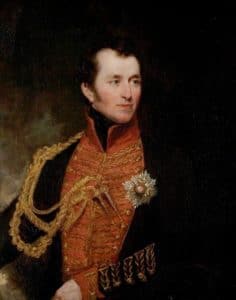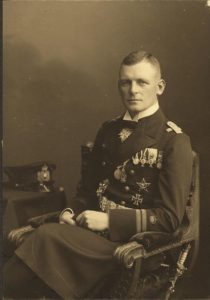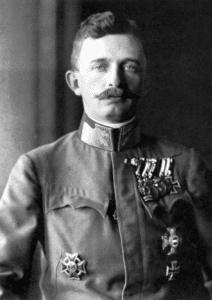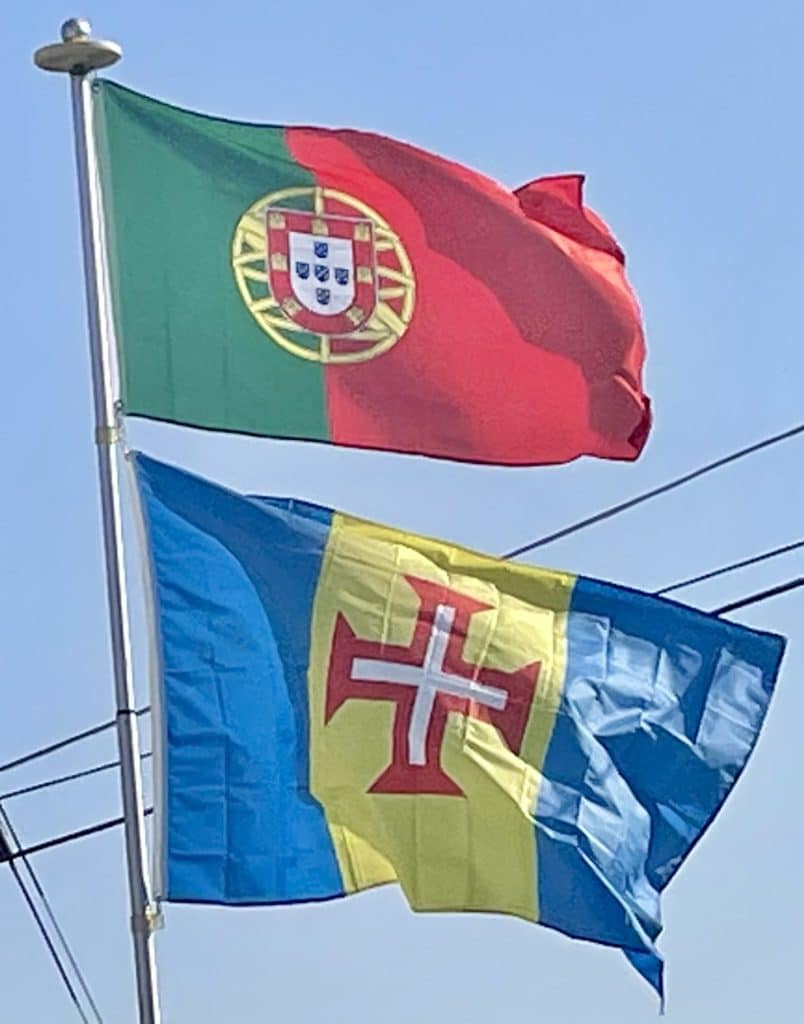Grain production began to fall and the ensuing crisis forced Henry the Navigator to order other commercial crops to be planted so that the islands could be profitable. These specialized plants, and their associated industrial technology, created one of the major revolutions on the islands and fueled Portuguese industry. Following the introduction of the first water-driven sugar mill on Madeira, sugar production increased to over 6,000 arrobas (an arroba was equal to 11 to 12 kilograms) by 1455, using advisers from Sicily and financed by Genoese capital. The accessibility of Madeira attracted Genoese and Flemish traders, who were keen to bypass Venetian monopolies.
Sugarcane production was the primary engine of the island’s economy, increasing the demand for labor. Enslaved Africans were used during portions of the island’s history to cultivate sugar cane, and the proportion of enslaved people brought from Africa reached 10% of the total population of Madeira by the 16th century.
Barbary corsairs from North Africa, who enslaved Europeans from ships and coastal communities throughout the Mediterranean region, captured 1,200 people in Porto Santo in 1617. After the 17th century, as Portuguese sugar production was shifted to Brazil, São Tomé and Príncipe, and elsewhere, Madeira’s most important commodity product became its wine.

The British first amicably occupied the island in 1801 where after Colonel William Henry Clinton became governor. A detachment of the 85th Regiment of Foot under Lieutenant-colonel James Willoughby Gordon garrisoned the island. After the Peace of Amiens, British troops withdrew in 1802, only to reoccupy Madeira in 1807 until the end of the Peninsular War in 1814. In 1856, British troops recovering from cholera, and widows and orphans of soldiers fallen in the Crimean War, were stationed in Funchal, Madeira.
World War I:
On 31 December 1916, during the Great War, a German U-boat, SM U-38, captained by Max Valentiner, entered Funchal harbor on Madeira. U-38 torpedoed and sank three ships, bringing the war to Portugal by extension. After attacking the ships, U-38 bombarded Funchal for two hours from a range of about 3 kilometers (2 mi). Batteries on Madeira returned fire and eventually forced U-38 to withdraw.

On 12 December 1917, two German U-boats, SM U-156 and SM U-157 (captained by Max Valentiner), again bombarded Funchal. This time the attack lasted around 30 minutes. There were three fatalities and 17 wounded; a number of houses and Santa Clara church were hit.
Charles I (Karl I), the last Emperor of the Austro-Hungarian Empire, was exiled to Madeira after the war. Determined to prevent an attempt to restore Charles to the throne, the Council of Allied Powers agreed he could go into exile on Madeira because it was isolated in the Atlantic and easily guarded.

He died there on 1 April 1922 and his coffin lies in a chapel of the Church of Our Lady of Monte.
Geography:
The archipelago of Madeira is located 520 km (280 nmi) from the African coast and 1,000 km (540 nmi) from the European continent. Madeira is on the same parallel as Bermuda a few time zones further west in the Atlantic.
